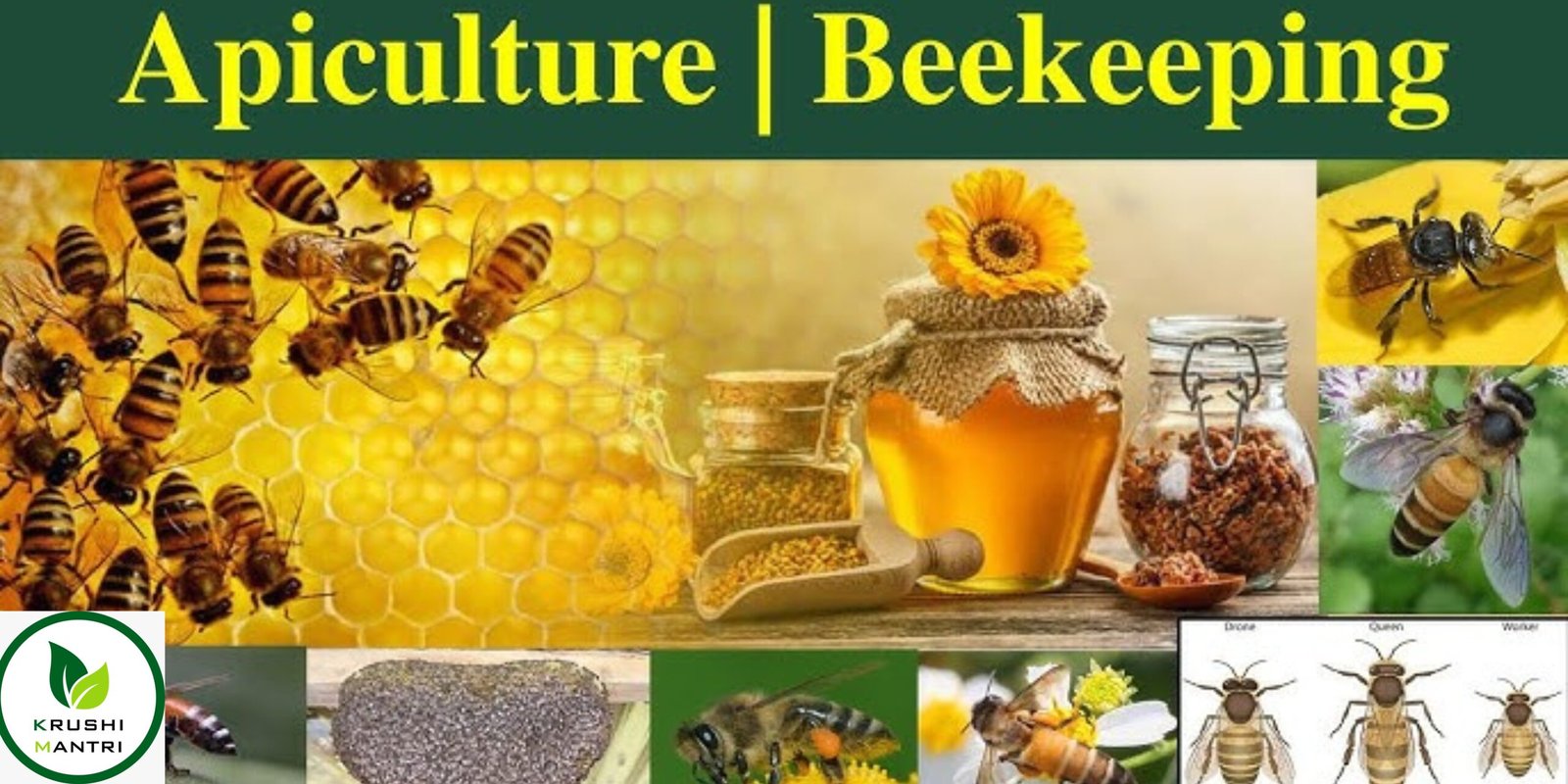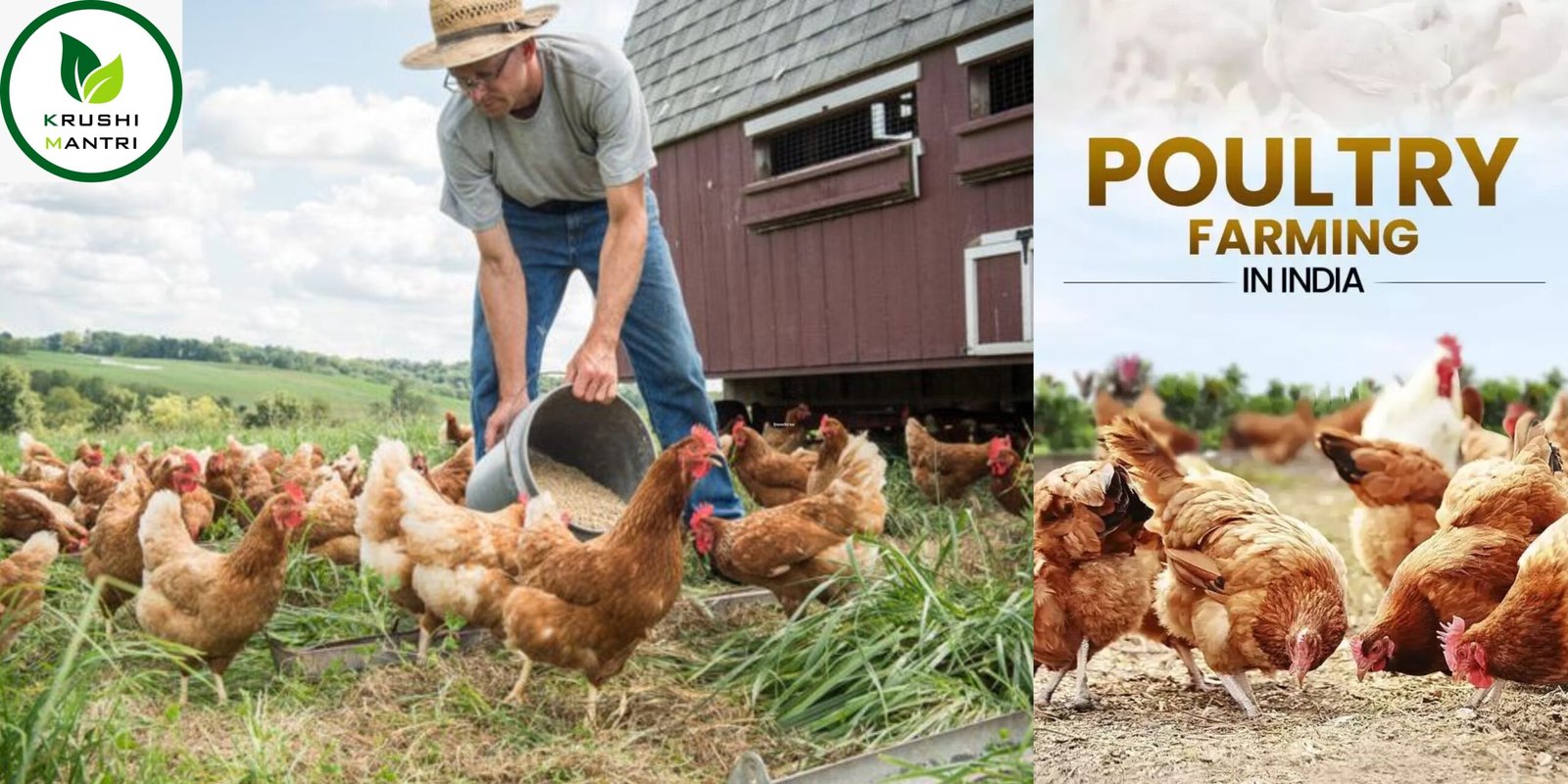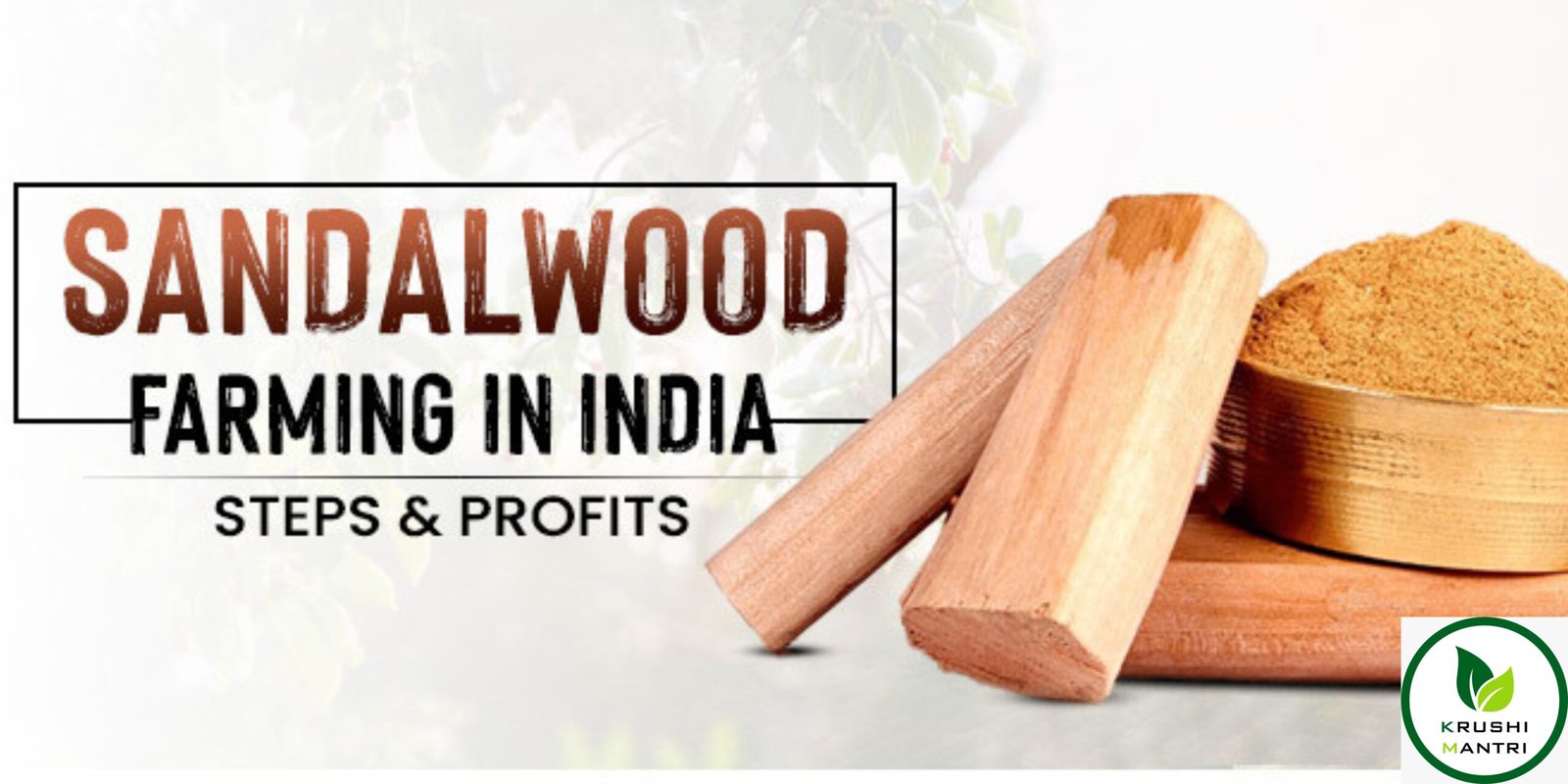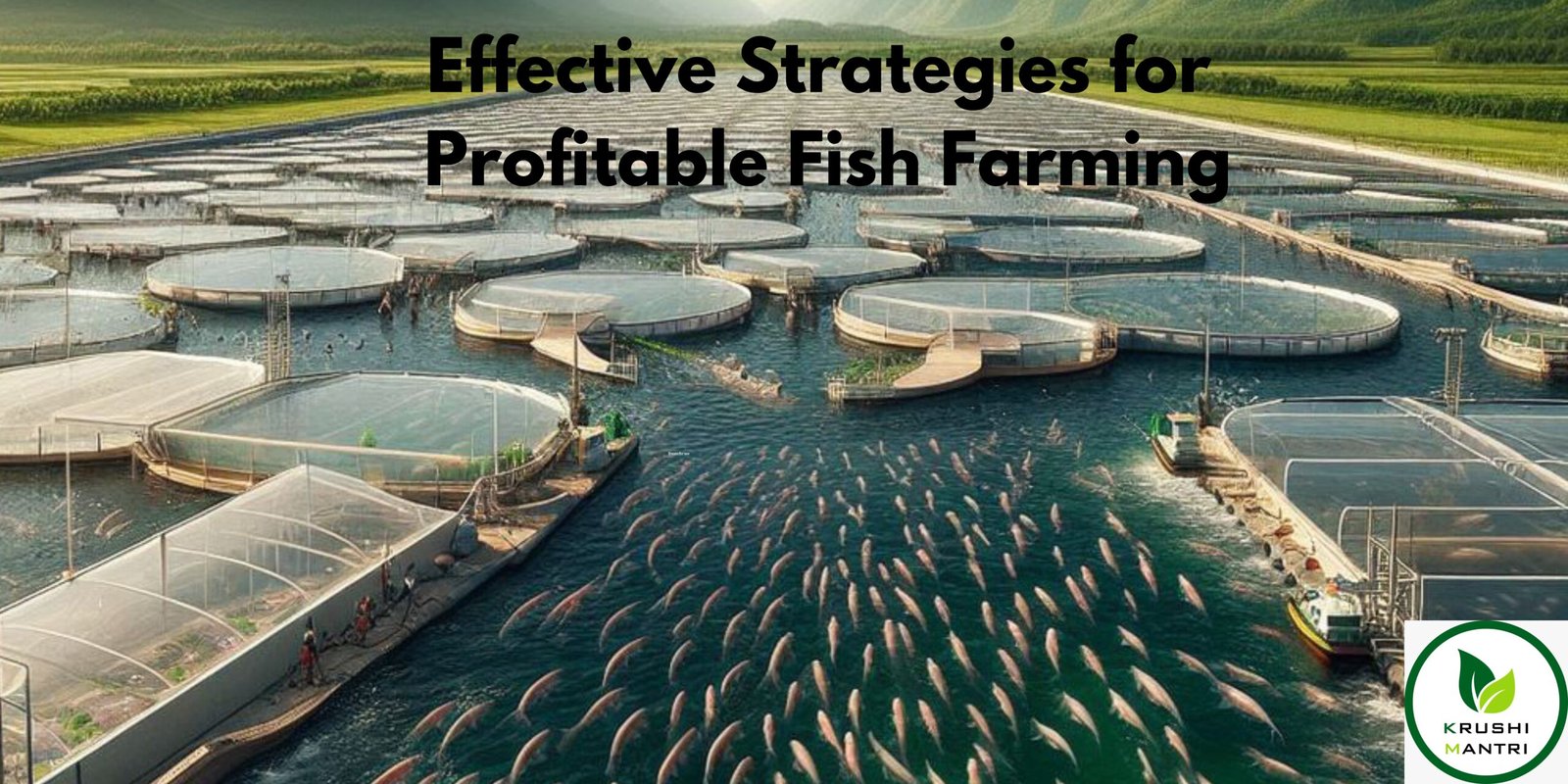In recent years, there has been a growing interest in the cultivation of medicinal plants, driven by the increasing demand for natural remedies and wellness products. One such plant that holds tremendous potential for farmers and entrepreneurs is Gulkhaira. In this blog, we will delve into the various aspects of Gulkhaira cultivation and explore how it can be a lucrative venture for those looking to enter the medicinal plant industry.
What is Gulkhaira Cultivation?
Gulkhaira, scientifically known as Centella asiatica, is a medicinal herb with a rich history of traditional use in various cultures. Also known as Gotu Kola or Indian Pennywort, this plant is renowned for its therapeutic properties, including anti-inflammatory, antioxidant, and neuroprotective effects. The demand for Gulkhaira products has surged due to the growing awareness of its health benefits, making it an attractive option for cultivation.
Market Demand for Gulkhaira Products
Before diving into Gulkhaira cultivation, it’s essential to understand the market demand for products derived from this medicinal plant. The wellness and herbal medicine industries are experiencing a boom, with consumers increasingly seeking natural alternatives. Gulkhaira is a key ingredient in various products, including herbal teas, dietary supplements, and skincare formulations. Analyzing market trends and consumer preferences will guide you in tailoring your cultivation and marketing strategies.
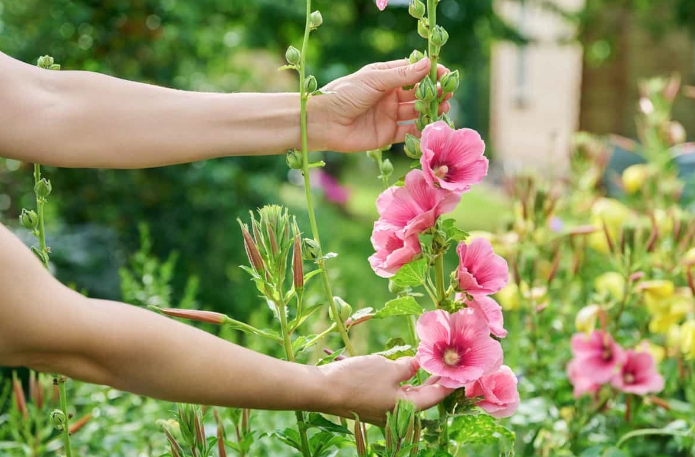
Identify Optimal Growing Conditions for Gulkhaira
Gulkhaira thrives in tropical and subtropical climates, making it suitable for cultivation in a variety of regions. However, understanding the optimal growing conditions is crucial for maximizing yield. Ensure that your cultivation site receives adequate sunlight, has well-draining soil, and maintains a consistent temperature. Conducting a soil test can help you make necessary amendments to create a favorable environment for Gulkhaira growth.
Select the Right Cultivar for High-Yield Gulkhaira Production
Choosing the right cultivar is a critical factor in ensuring a successful Gulkhaira cultivation venture. Different cultivars may have varying growth patterns, disease resistance, and chemical compositions. Research and consult with agricultural experts to identify cultivars that are well-suited to your specific climate and soil conditions, as well as those that offer high yields of the desired medicinal compounds.
Implement Effective Soil Preparation Techniques for Gulkhaira Cultivation
Prepare the soil thoroughly before planting Gulkhaira. Incorporate organic matter, such as compost, to enhance soil fertility and structure. Adequate soil preparation ensures optimal root development and nutrient absorption, contributing to robust plant growth. Regularly monitor soil pH and address any imbalances to create an ideal environment for Gulkhaira cultivation.
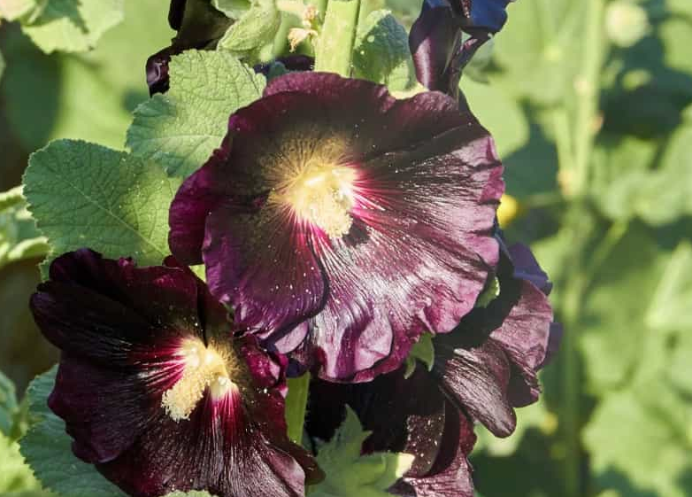
Best Practices for Planting and Propagating Gulkhaira
Gulkhaira can be propagated through seeds or vegetative methods. Understanding the best practices for planting and propagating ensures a healthy and uniform crop. Consider factors such as seed quality, spacing, and planting depth. If propagating through cuttings, ensure that they are taken from healthy and disease-free plants to maintain the genetic integrity of the crop.
Nutrient Management Strategies for Maximizing Gulkhaira Yield
Implementing effective nutrient management is crucial for achieving high yields of quality Gulkhaira. Conduct regular soil tests to determine nutrient levels and adjust fertilizer applications accordingly. Gulkhaira generally requires a balanced supply of nitrogen, phosphorus, and potassium, with additional attention to micronutrients. Tailor your nutrient management plan based on the specific requirements of the cultivar you’ve chosen.
Irrigation and Water Management in Gulkhaira Cultivation
Maintaining appropriate soil moisture is vital for Gulkhaira cultivation. Adequate irrigation, coupled with proper water management practices, promotes healthy growth and prevents water-related stress. Drip irrigation systems are often recommended to provide consistent moisture while minimizing the risk of diseases caused by excessive moisture on the foliage.
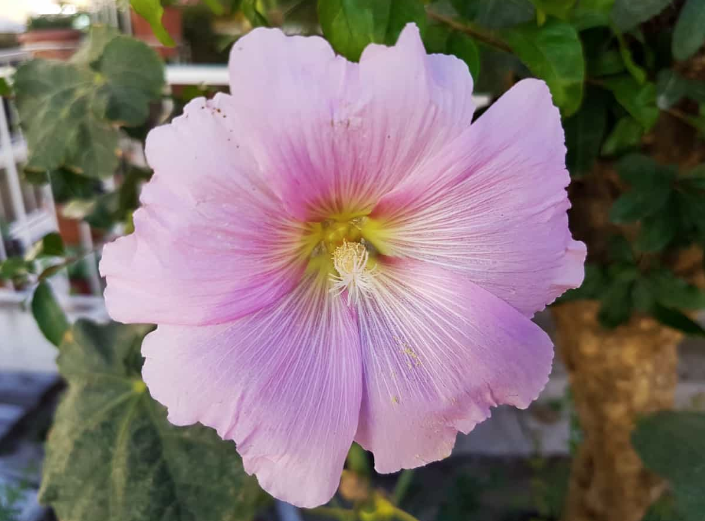
Pest and Disease Control Measures for Gulkhaira Plants
Like any crop, Gulkhaira is susceptible to pests and diseases that can impact yield and quality. Implement integrated pest management strategies, including the use of natural predators, organic pesticides, and regular monitoring for early detection of issues. Focus on preventive measures, such as maintaining good hygiene practices and selecting disease-resistant cultivars, to minimize the need for chemical interventions.
Harvesting and Post-Harvest Handling of Gulkhaira
The timing of Gulkhaira harvest is critical to ensure optimal concentrations of bioactive compounds. Harvest when the plant reaches the desired maturity, typically around 60 to 90 days after planting. Handle the harvested material with care to preserve its quality. Proper drying and storage techniques are essential to prevent the degradation of medicinal compounds and maintain the market value of your Gulkhaira products.
Value-Added Processing of Gulkhaira Products
To maximize profits, consider value-added processing of Gulkhaira products. This may include extracting essential oils, creating herbal extracts, or developing unique formulations for teas and dietary supplements. Explore partnerships with local manufacturers or invest in processing equipment to enhance the marketability of your Gulkhaira-derived products.
Develop Marketing Strategies for Gulkhaira-Derived Products
Building a strong brand and marketing strategy is key to successfully selling Gulkhaira products. Highlight the health benefits of Gulkhaira, its traditional uses, and any unique qualities of your cultivation practices. Utilize digital platforms, farmer’s markets, and collaborations with wellness brands to reach a broader audience. Transparency in cultivation and production processes can build trust with consumers, enhancing the perceived value of your products.
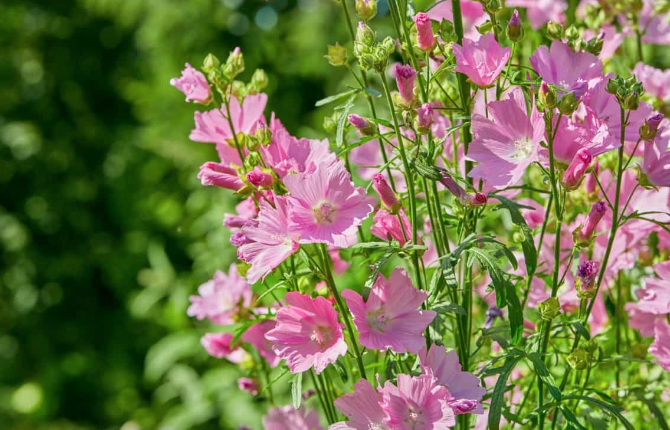
Financial Planning and Cost Analysis in Gulkhaira Cultivation
Before embarking on Gulkhaira cultivation, conduct a thorough financial analysis to estimate the costs involved and potential profits. Consider expenses such as land preparation, seeds or planting materials, fertilizers, irrigation systems, labor, and post-harvest processing. Balancing these costs with potential revenue will help you make informed decisions and set realistic financial goals for your Gulkhaira cultivation venture.
Regulatory Compliance and Quality Standards in the Gulkhaira Industry
Ensure compliance with local regulations and quality standards applicable to medicinal plants. This includes obtaining necessary permits for cultivation and processing, adhering to Good Agricultural Practices (GAP), and meeting quality control standards for the Gulkhaira products you produce. Compliance not only protects your business but also assures consumers of the safety and efficacy of your offerings.
Conclusion
Gulkhaira cultivation presents a promising opportunity for individuals seeking to enter the medicinal plant industry and capitalize on the growing demand for natural health and wellness products. By understanding the cultivation process, implementing best practices, and developing a comprehensive business strategy, you can not only earn good profits but also contribute to the sustainable and ethical growth of the Gulkhaira industry. Embrace the journey of cultivating this high-yield medicinal plant, and unlock the potential for a successful and fulfilling agribusiness venture.
FAQ-
1. What is Gulkhaira, and why is it gaining popularity in cultivation?
Gulkhaira, scientifically known as Centella asiatica or Gotu Kola, is a medicinal herb with a history of traditional use for its health benefits. Its popularity in cultivation is driven by the increasing demand for natural remedies and wellness products.
2. Can Gulkhaira be cultivated in any climate?
Gulkhaira thrives in tropical and subtropical climates. While it can be grown in various regions, it’s essential to provide optimal conditions such as adequate sunlight, well-draining soil, and a consistent temperature.
3. What are the key medicinal properties of Gulkhaira?
Gulkhaira is renowned for its anti-inflammatory, antioxidant, and neuroprotective properties. It is often used in herbal teas, dietary supplements, and skincare formulations.
4. How do I choose the right cultivar for Gulkhaira cultivation?
Consult with agricultural experts and consider factors such as climate, soil conditions, and desired medicinal compounds. Research on cultivars that are well-suited to your specific region.
5. What are the best practices for soil preparation in Gulkhaira cultivation?
Thoroughly prepare the soil by incorporating organic matter, such as compost, to enhance fertility and structure. Regularly monitor soil pH and make necessary amendments for an ideal growing environment.
6. How is Gulkhaira propagated, and what are the recommended methods?
Gulkhaira can be propagated through seeds or vegetative methods like cuttings. Ensure high-quality seeds or disease-free cuttings for healthy and uniform crop growth.
7. What nutrient management strategies should be employed for Gulkhaira cultivation?
Conduct regular soil tests to determine nutrient levels and adjust fertilizer applications accordingly. Maintain a balanced supply of nitrogen, phosphorus, potassium, and micronutrients based on the cultivar’s requirements.
8. What irrigation and water management practices are recommended for Gulkhaira?
Ensure adequate soil moisture through proper irrigation, preferably using drip systems to provide consistent moisture while minimizing the risk of diseases caused by excessive moisture on the foliage.
9. How can pests and diseases be controlled in Gulkhaira cultivation?
Implement integrated pest management strategies, including the use of natural predators and organic pesticides. Regular monitoring helps detect issues early, and preventive measures reduce the need for chemical interventions.
10. What is the ideal time for harvesting Gulkhaira, and how should post-harvest handling be done?
Harvest Gulkhaira when the plant reaches maturity, typically around 60 to 90 days after planting. Handle harvested material carefully, and follow proper drying and storage techniques to maintain medicinal compound concentrations.
11. Are there opportunities for value-added processing of Gulkhaira products?
Yes, consider extracting essential oils, creating herbal extracts, or developing unique formulations for teas and supplements to maximize profits.
12. How can I develop effective marketing strategies for Gulkhaira products?
Highlight the health benefits, traditional uses, and unique qualities of your Gulkhaira products. Utilize digital platforms, farmer’s markets, and collaborations with wellness brands to reach a broader audience.
13. What financial considerations should I take into account before starting Gulkhaira cultivation?
Conduct a thorough financial analysis to estimate costs and potential profits, including land preparation, seeds, fertilizers, labor, and post-harvest processing.
14. What regulatory compliance measures should be followed in the Gulkhaira industry?
Ensure compliance with local regulations, obtain necessary permits, adhere to Good Agricultural Practices (GAP), and meet quality control standards for cultivation and processing.
15. How can I contribute to the sustainable growth of the Gulkhaira industry?
Embrace ethical and sustainable practices in cultivation, processing, and marketing. By prioritizing environmental and social responsibility, you contribute to the long-term success of the Gulkhaira industry.


